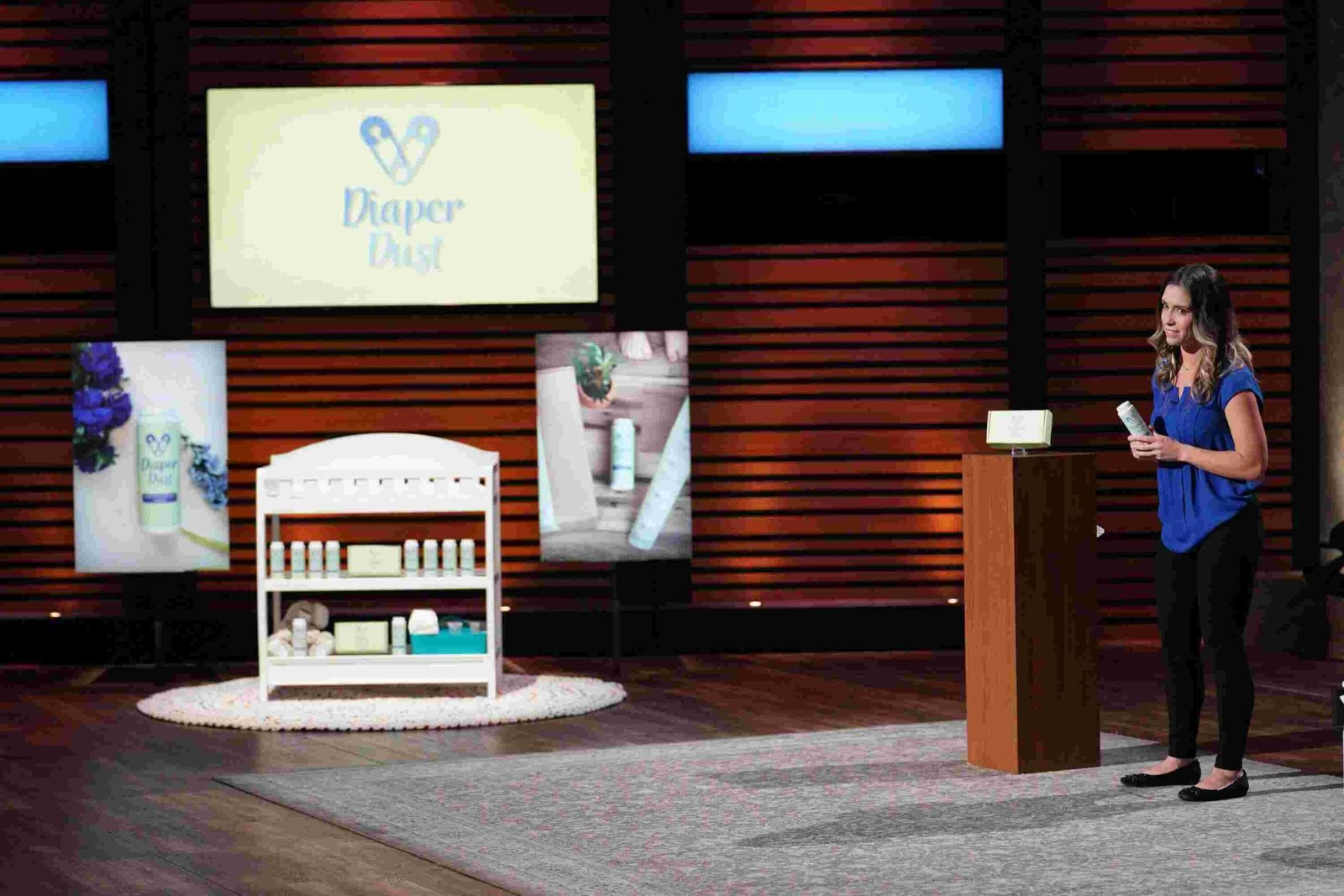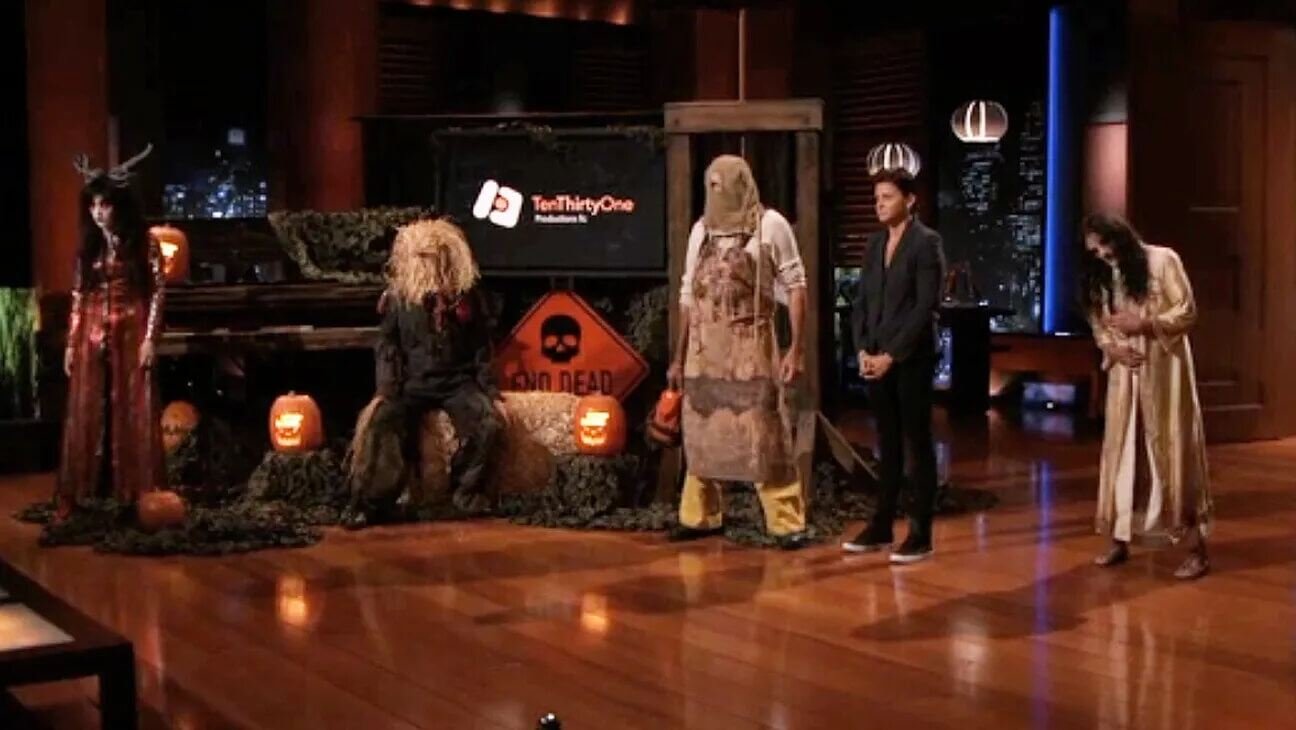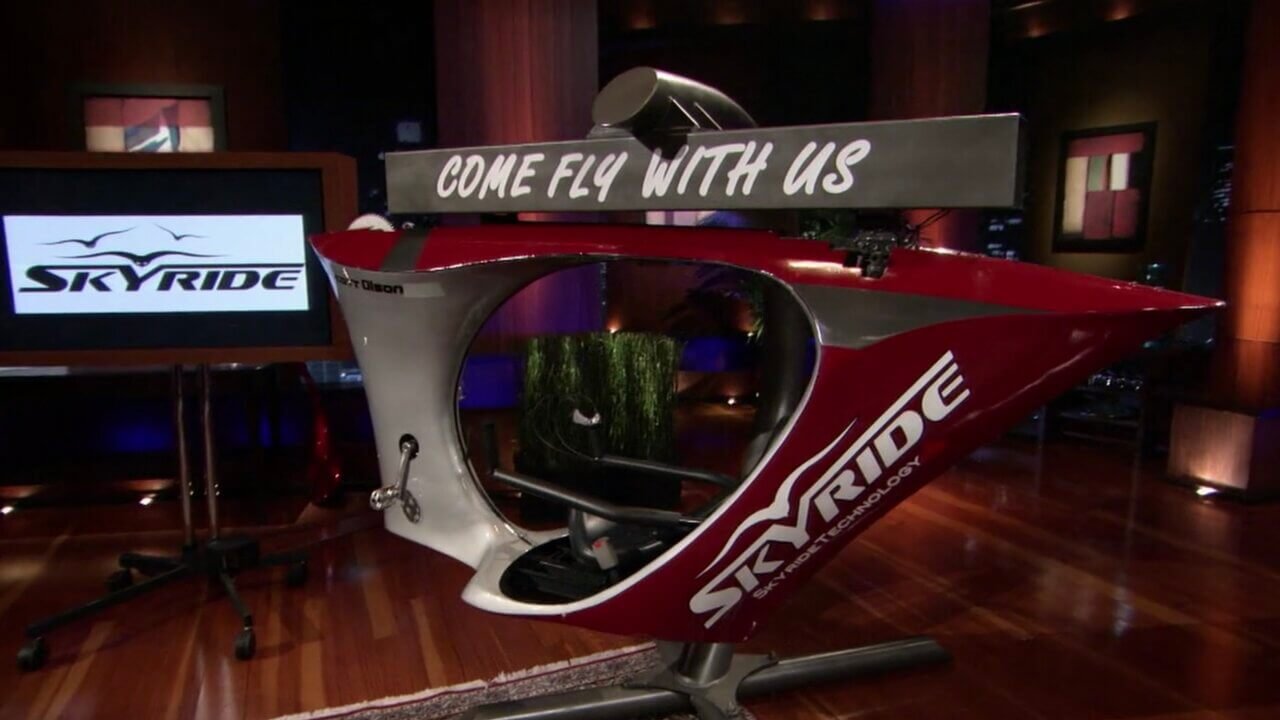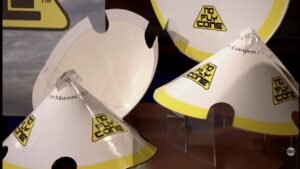Let’s set the record straight. Just because a product charms the Sharks doesn’t mean it’s destined for unicorn status. We’ve seen plenty of overnight success stories flop after the confetti settles. So what about Sleeping Baby? Did their famous Zipadee-Zip actually break the mold after Shark Tank… or is this another almost story? Pull up a chair. Let’s get brutally honest.
Contents
ToggleWhat Is Sleeping Baby?
Sleeping Baby is a company you probably know if you’ve ever Googled why won’t my baby sleep? Their Zipadee-Zip is a wearable swaddle blanket meant to give babies the snug, sleep-friendly feel they want—without trapping their arms like old-school wraps. Pre-Shark Tank, this product was racking up sales and stealing attention from sleep-deprived parents everywhere.
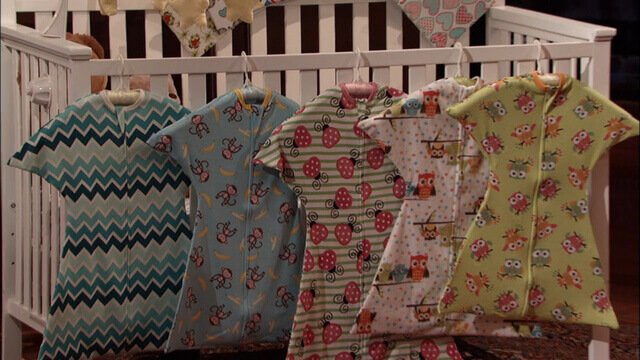
Who Built the Business?
Brett and Stephanie Parker built Sleeping Baby from the ground up. No VC money, no trust fund. Just $700, a heap of grit, and a real drive to solve a problem they lived themselves. Like the toughest founders, their journey came with heartbreak: they lost a child before overnight success was even a thought. Most people would have quit. The Parkers went harder, betting on their mission and product.
I’ve watched a lot of pitches where founders talk about their why—but this one ran deep. You can’t fake that kind of resilience. Customers feel it. Sharks do, too.
Why Go on Shark Tank?
No founder wants to hand over a chunk of their company on national TV unless the numbers say it’s worth it. For the Parkers, the math was sound. Before stepping onto Shark Tank (Season 6, Episode 1), they’d already sold 25,000 Zipadee-Zips, pulling in over $1 million—all online. For a self-funded shop? Epic move.
Still, they needed more muscle: real distribution, manufacturing help, and someone with retail chops. That’s why you walk into the Tank. The Parkers knew the game, and their pre-show stats gave them legit leverage.
The Shark Tank Pitch: What Really Happened in the Room?
Showtime: Brett and Stephanie didn’t just pitch a product—they pitched a purpose. Their story cracked the usual Shark Tank poker faces. They asked for $200,000 in exchange for 10% of Sleeping Baby. Off the bat, that’s a $2 million valuation. Real talk? Bold, but not out of line with their sales.
The room buzzed. Some Sharks sniffed retail risk. Kevin O’Leary wanted to keep them online only (avoid retail, avoid inventory headaches—you know how he thinks). Lori Greiner loved the heartstring angle but saw a branding grind ahead. Daymond John, the fashion king, smelled opportunity but also pushed reality: retail is war. The Parkers set the tone—they wouldn’t buckle for a lopsided deal.
This is where a lot of founders botch it. Desperate for any deal, they cave. Not the Parkers.
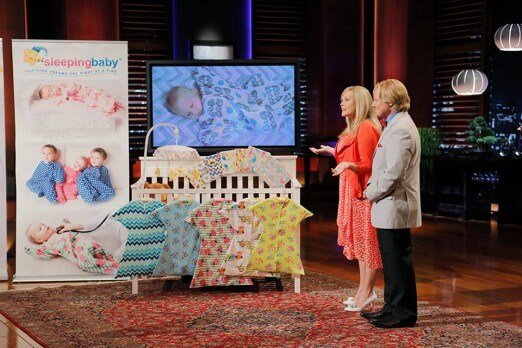
What Was the Deal? Who Got a Bite?
Let’s break it down.
Lori: $200k for 25%. She wants a bigger bite due to heavy branding needs.
Kevin (Mr. Wonderful): $200k for 20%, no royalty. Just stay online—he hates risky retail.
Daymond John: Matches Kevin at $200k for 20%. Says he’ll test retail—but doesn’t get greedy.
The Parkers countered. Daymond, make it $200k for 15%? He’s having none of it—sticks hard at 20% but admits he usually digs in for more.
Game recognizes game. They take Daymond’s offer. On the record, the Parkers always wanted Daymond. He brings the manufacturing, brand experience, and knows how to tune product for mass market. No smart founder sells their soul for the wrong partner—these two waited for the one Shark who could move the needle.
I’ve seen founders get too attached to their valuation and lose it all. Not here. The Parkers knew their walk-away number, but they also knew when the right hand was on the table. That’s entrepreneur IQ 101.
How Much Is Sleeping Baby Worth Now?
When the deal ink dried, Sleeping Baby’s on-paper value was $1 million. But here’s the dirty secret—Shark Tank valuation is just a headline for one night. Real value is built after the cameras shut off.
Fast forward: Sleeping Baby keeps growing. Sales keep rolling. Zipadee-Zip earns serious fandom with parents who swear by it. Are there current numbers to share? No smoking-gun net worth online, but with repeated sellouts and expanded SKUs, no way they’re sitting at that old $2 million mark.
Reality check: if you see a company still scaling, launching new products, and building brand community years after Shark Tank? That’s not luck. That’s big money discipline and smart operations.
Where Is Sleeping Baby Today?
Plenty of Shark Tank brands make noise, then ghost. Not Sleeping Baby. Today, they’re still in business, pushing hard through their website and socials. Their lineup now stretches beyond the original Zipadee-Zip—think sleep sacks, pajamas, and other accessories for desperate, tired parents.
You’ll find an active, almost cult-like customer base on Facebook and Instagram: real reviews, endless parent-to-parent referrals, steady product drops. Their DTC game is strong. I always say—if you own your audience, you own your future.
The Daymond John partnership paid off in two big ways: manufacturing scaled up, and strategy went pro. They didn’t pivot awkwardly or water down the product. They doubled down on what parents actually want: sleep.
What Makes Zipadee-Zip Different from Other Baby Sleep Products?
Here’s where most baby products bomb—they copy what’s out there. Not Zipadee-Zip. It split the market wide open by fixing a real swaddle pain point: keeping kids snug enough to sleep, but with freedom to safely roll and move.
Traditional swaddles trap arms—danger when babies start to roll. Blankets? Unsafe. Sleep sacks? Hit or miss for fussy sleepers. The Zipadee-Zip’s starfish shape gives just enough resistance to soothe, but babies can stretch out and self-soothe.
Every parent’s nightmare is sleepless nights and safety scares. The Parkers turned that into a product category that felt fresh and—this is crucial—easy for even tired parents to use at 2 a.m.
The Real Takeaway for Entrepreneurs
Let’s cut the fluff. Sleeping Baby didn’t just get lucky on TV. They:
- Solved a problem parents would pay to fix—over and over.
- Started lean, learned fast, and kept cash flowing.
- Used Shark Tank as a springboard, not an endgame.
- Didn’t get greedy at the table—they traded equity with their eyes open, not their hearts.
- Picked the right Shark. Daymond brought strategy and credibility, not just a check.
Here’s what they didn’t do: build a business on hype, chase retailers too early, or pivot away from what real parents wanted. Too many founders blow up everything for a big break. Sleeping Baby scaled smart and stuck to their DNA.
I’ve watched founders with billion-dollar dreams lose it all by chasing the next shiny thing. Sleeping Baby? They kept it simple—happy customers, solid marketing, better sleep.
FAQs
1. Is Sleeping Baby still in business?
Yes, and selling stronger than ever. Their website is live, products are in stock, and their socials are buzzing.
2. Did the Shark Tank deal with Daymond John close after the show?
Yes, the deal with Daymond John stuck. He’s still invested and part of their public story.
3. Has Sleeping Baby gone into retail stores since Shark Tank?
The company still focuses on direct-to-consumer sales. There’s no trail of mass retail presence—smart move.
4. What is the current net worth or valuation of Sleeping Baby?
On Shark Tank, the company claimed a $2 million valuation. Today, no official numbers, but the upward growth is obvious.
5. Where can I buy Zipadee-Zip today?
Right from their site (sleepingbaby.com) and all over their social platforms. DTC is their bread and butter.
6. Is Sleeping Baby’s product safe for newborns?
The Zipadee-Zip is designed to help with the swaddle transition, not for infants under 3 months. Check their safety FAQ for details.
7. What has the founders’ journey been like since their TV appearance?
Brett and Stephanie Parker have expanded their line and deepened their community roots. They’re regarded as direct-to-consumer experts now.
8. Who typically buys Zipadee-Zip—first-time parents or repeat buyers?
A little of both. Parents come back for more as babies get older, and word-of-mouth among exhausted moms is real.
Still think every Shark Tank deal is a magic ticket? Watch how the Parkers play the long game. Sleeping Baby is proof: Real growth over hype, and a clear customer obsession, will always matter more than a single night’s applause.
Article researched and compiled by SharkWorth—where numbers, stories, and hard facts cut through the noise.




